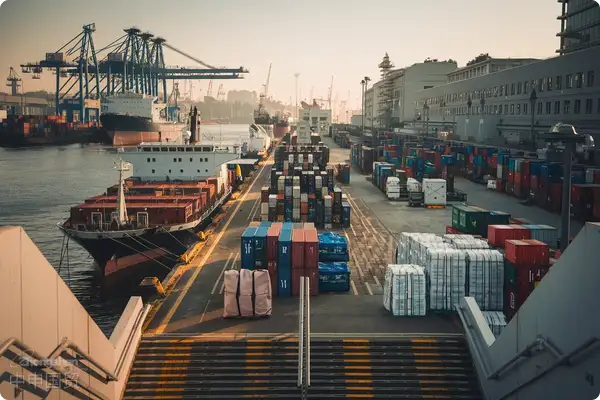- Shanghai Zhongshen International Trade Co., Ltd. - Two decades of trade agency expertise.
- Service Hotline: 139 1787 2118

Contents
ToggleMarket Access Strategies Under the New Landscape of Global Water Purification Equipment Trade
The global water purification equipment market size is projected to exceed $48 billion by 2025, with China, as a core consumer market, continuously unleashing policy dividends. Statista data indicates that export volumes from Southeast Asian manufacturing bases have increased by 17% year-on-year, while import demand for high-end products in Europe and the US remains stable at an annual growth rate of 23%. Professional agency service providers must accurately grasp...Dynamic Product AccessandTrade Route OptimizationTwo key dimensions.
Key Control Points in the Entire Import Process
- Qualification Preparation Phase
- Health Permit Filing for Overseas Manufacturers (Validity Period Extended to 3 Years)
- China Customs White List Certification for Imported Water Treatment Equipment Enterprises
- Special Inspection Report for Reverse Osmosis Membrane Modules (2025 Edition New Regulations)
- By connecting to the OEMs EPC system through API, real - time verification of OE numbers is achieved, reducing the error rate from 18% in the traditional mode to 2.3%.
- Accurate HS Code Classification: Analysis of Dispute Cases under 8419.89/8421.21
- Utilization of Tariff Preference Certificates: A Comparative Matrix Between RCEP and Bilateral Agreements
- Review and Reconstruction of IPPC Mark Compliance Inspection Process for Wooden Packaging
In-depth Analysis of Qualification Certification System
In 2025, the State Administration for Market Regulation updated the approval system for water-related products, reducing the application cycle to 45 working days. Core certifications include:
- International Certification System
- NSF/ANSI 61 Drinking Water System Component Certification (U.S. Standard)
- EN 13443-1 Performance standards for water treatment equipment (European Standard)
- China Compulsory Certification (CCC)
- Hygienic License Approval for Water-related Products (Newly Added Review Item for Canadian RO Membrane)
- 3CThe certification scope has been extended to commercial equipment above 50G.
Cost Optimization and Risk Control Model
Through a certain German brand reverse osmosisEquipment ImportsCase studies show that professional agency services can reduce overall costs by 28%:
- Tariff optimization plan
- Rules of Origin Application: ASEAN Member States Cumulative Content Strategy
- Provisional Tariff Product Catalog Dynamic Tracking System
- Risk early warning mechanism
- Monitoring the Expansion of the EU WEEE Directive Product List
- Early Warning: U.S. EPA Energy Efficiency Standards Update (Effective Q2 2025)
Addressing Industry-Specific Regulatory Requirements
In 2024, the European Union introduced the new EN 1717:2024 standard for water purification equipment, resulting in the return shipment of goods worth $1.2 million by a domestic agent. Countermeasures include:
- EstablishRegulatory Dynamics Tracking System, covering 68 major trading countries
- ExecutePre-declaration simulation test, Identifying Technical Barriers to Trade
- AdoptModularized split customs declarationCircumvent restrictions on complete machine imports
Professional agency service providers should establish a system that includes15 risk control indicatorsThe evaluation system covers full-cycle management from factory inspection to after-sales traceability. By implementing a digital customs system with expert think tank support, customs clearance efficiency can be improved by 40%, and overall costs can be reduced by 18-25%, effectively addressing the changes in the international trade environment by 2025.
Related Recommendations
? 2025. All Rights Reserved. Shanghai ICP No. 2023007705-2  PSB Record: Shanghai No.31011502009912
PSB Record: Shanghai No.31011502009912










